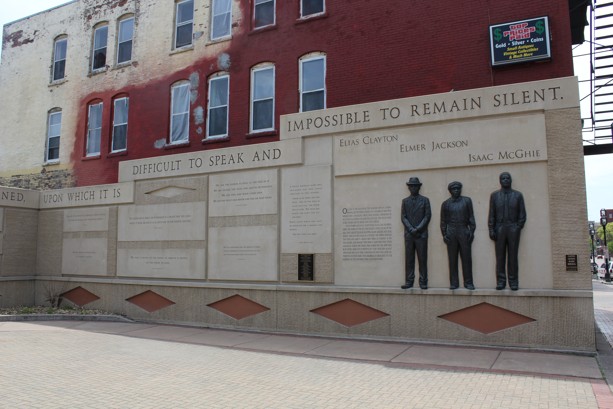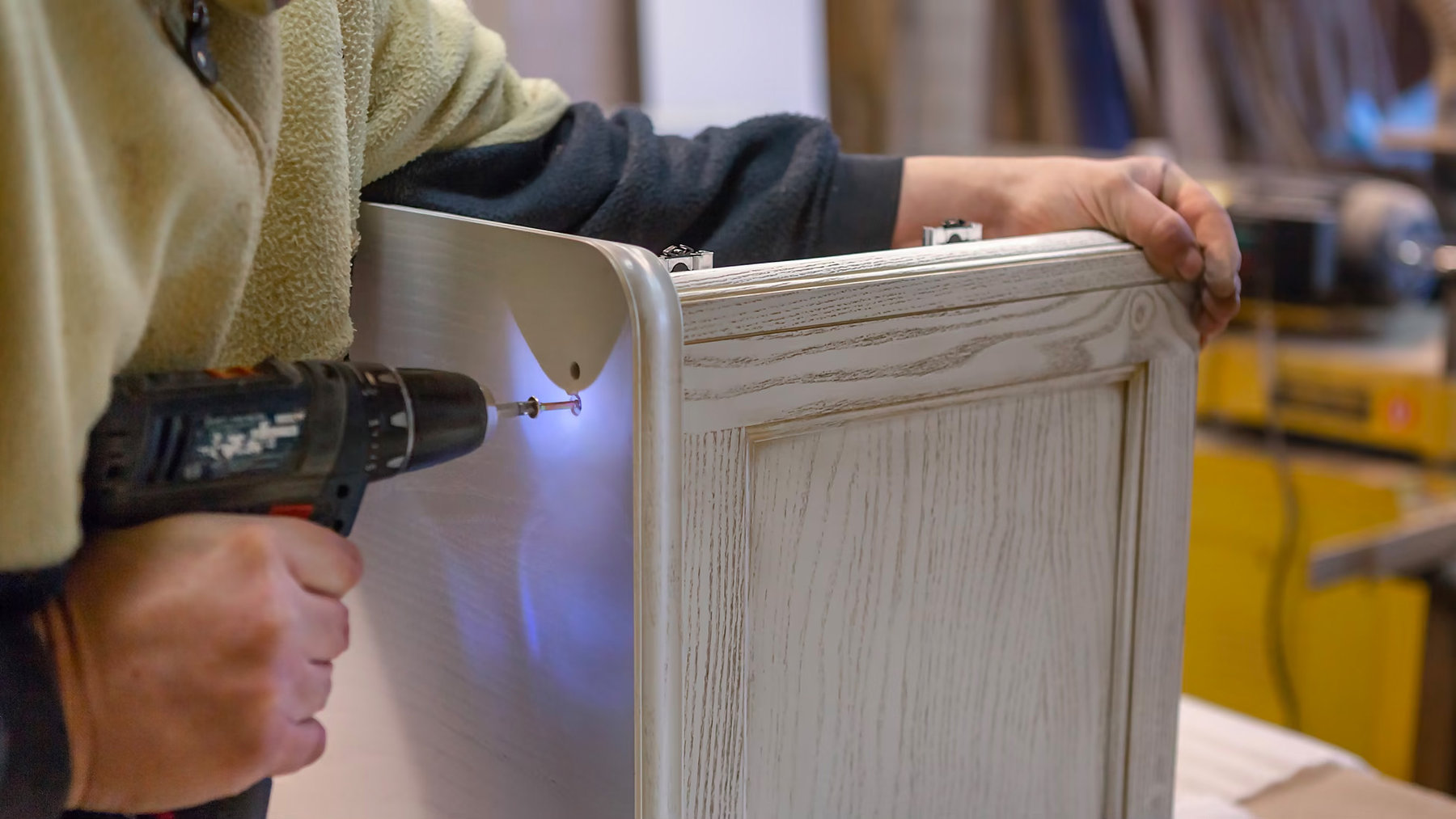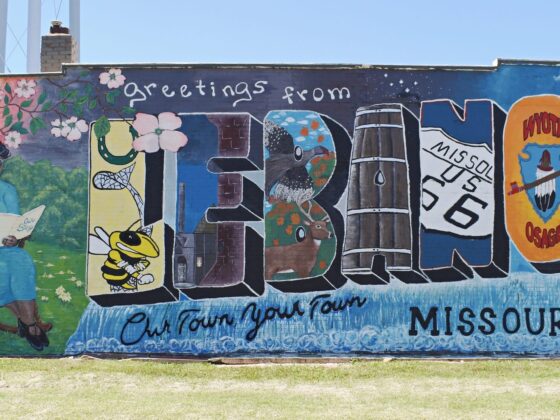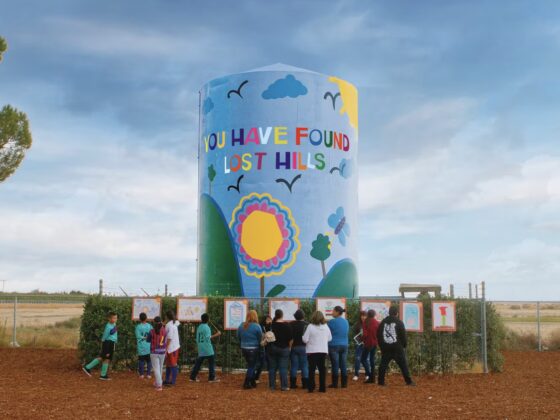Here are news items and developments related to trends we’ve been covering in the recent “Our Towns” series, and elsewhere:
- The furniture business returns, and is looking for furniture-makers. In a series of dispatches from Danville, Virginia, and its environs, Deb Fallows and I talked about this region’s reaction after the three previous pillars of its manufacturing economy collapsed more or less at the same time, over the past generation.Those pillars were tobacco-growing and related activities, which for obvious public-health reasons have been in long-term decline; textile mills and clothing-makers, also shrinking over the past generation due to competition from the Caribbean, Mexico, China, Japan, Korea, and elsewhere (we wrote about effects of this shift in South Carolina, southwestern Virginia, and Mississippi); and furniture-making, again mainly due to lower-cost competition from China.This week The Wall Street Journal reports on the return of furniture-making jobs in North Carolina—not to the levels of the late 1990s, but steadily increasing through the past decade. What’s the main limit on the expansion? For now it is the supply of skilled trades workers for these jobs. This is connected to two other trends we’ve seen and written about across the country in the past few years: the continued growth in relatively well-paying skilled trade jobs across the country—in construction, advanced-manufacturing, health services, repair-and-maintenance, wind- and solar-power projects, and so on. See a report from NPR here, and from a trades group here.The other trend is the crucial role of community colleges, and “career technical” programs in K-12 schools, in equipping students who need opportunities for the opportunities that now exist. I keep arguing (for instance, here) that community colleges are the institutions-of-the-moment, in increasing the chances for really inclusive economic growth. Soon I’ll give another example, from Dayton, Ohio. It’s one more reason to reading this WSJ piece by Ruth Simon.
- People who leave small-town America, and people who return. This week, the PBS News Hour had a report by Jeffrey Brown on Millennial-generation Americans who have a choice of where to work and live—and are choosing to live in small towns or rural areas. Obviously this is just in sync with what Deb Fallows and I have been observing from coast to coast.
Of course this development does not mean that the pressure on very small areas has abated—the steady disappearance of rural-health facilities is one of the biggest challenges for small and rural areas trying to remain viable. And of course it does not mean that New York, Seattle, and San Francisco will lose their roles. But it’s an important complicating reality: the re-peopling of some parts of “left-behind” America, with people who are looking for ways to bring new life to these areas.
- A “revenue lab” for local journalism. The 10-year-old nonprofit The Texas Tribune has been one of the most important state-scale models of how journalism can re-establish itself, with a new financial model (as discussed here and here). This week it announced a new “revenue and training lab,” to systematize, improve, and share models for sustainable local journalism.As Evan Smith, CEO and co-founder of the The Texas Tribune, wrote in an announcement: “We’re creating our first-ever revenue and training lab—a freestanding entity, housed in our Austin newsroom, where we’ll experiment with innovative ways to fund local news, model best practices that we hope will benefit the entire ecosystem, and mentor and coach dozens of our would-be peers …. The RevLab, as we’ve already started to shorthand it … [will be devoted to] this noble pursuit of sustainability strategies for our industry.”
- Examples of smaller-town functionality. As part of CNN’s “Fractured States of America” series, kicked off by Ken Burns, Deb Fallows has a piece today on cases she’s seen of communities trying to heal rather than intensify national divides. It starts in our favorite southern-Arizona community of Ajo and moves to Sioux Falls and elsewhere. It also includes a photo of a very powerful piece of civically important public art: the monument erected in Duluth, Minnesota, site of the northernmost lynching in U.S. history, to the three men unjustly killed there.





